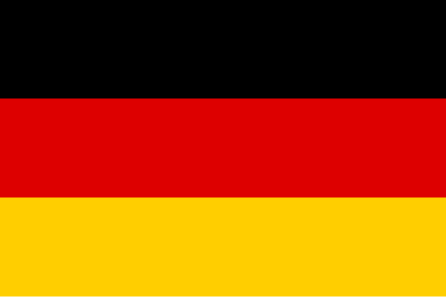CASSIOPEIA
 Cassiopeia
Cassiopeia
 Kassiopeia
Kassiopeia
 Kassziopeia
Kassziopeia
Cassiopeia is a constellation in the northern celestial hemisphere named after the greek mythological figure Cassiopeia, the mother of Andromeda. Cassiopeia is visible during the whole year from latitudes above 34°N but it can be seen at its clearest from September to early November. It can be easily recognised que to its distinctive "W" shape, formed by the five brightest stars of the constellation. Many deep-sky objects, like open clusters and nebulae of various types can be found in Cassiopeia due to its position on the plane of the Milky Way.
In the Greco-roman mythology Cassiopeia was the wife of King Cepheus of Ethiopia. She bragged about her daughter's beauty, and according to the legend she was placed
in the sky as a punishment from Poseidon. She was forced to circle around the north celestial pole on her throne (portayed by the "W" shape), sometimes upside down
clinging to it, so as she does not fall off.
The Greco-roman myth was also taken over by the Arabs, but it was also called "Kneeling Camel". In Persia, the constellation was drawn as a queen holding a staff with a crescent moon in her right hand.
It also appeared in Native American, Chinese and Hindu legends among others.
